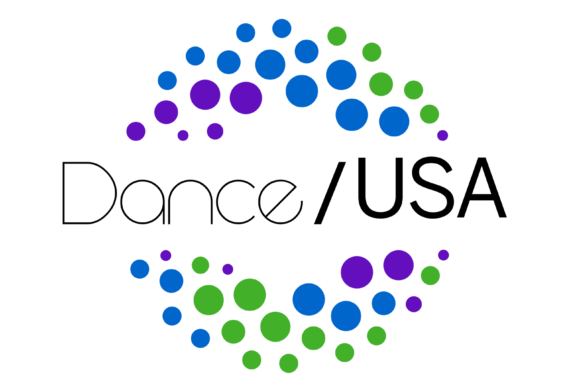The Game-ification of Dance: The Future Is Now
In the dance class of the future every student gets documented feedback on everything she does using the same technology found in today’s video games. The implications for the game-ification of dance are exciting and offer a glimpse of a future that marries artistry, gaming, and digital communication together.
Mother May I … Dance? Copyright, Fair Use, and Dance
One of the rights the owner of copyright possesses is the right to reproduce or to authorize others to reproduce his or her work in copies. However, this right is subject to certain limitations found in sections of federal copyright law. This article serves as a primer for dance artists and the area of fair use.
Gaining Traction (or the Slip ‘n Slide), Part 2
While many communities offer anchor festivals, residencies, and commissioning programs to which choreographers may apply, among other ongoing opportunities, dance makers across the country indicate that self-producing can be beneficial for gaining traction at any time in one’s career. But, many warned, it must be well examined and timed. It is a misperception that self-producing occurs only early in a choreographic career as a step to being fully presented. In the present climate, a lot of DIY energy is circulating, particularly due to the stifled economy. This results in alternative venues and channels from which to launch new works.
Gaining Traction (or the Slip ‘n Slide) – Part 1
Warning to choreographers: hard work ahead. Yet, those who sign up to make dances are usually aware of the ongoing rigor involved on this path. For some artists, the mere question of how to gain traction draws silence, sighs, and even laughs, reflecting the challenging and individualized trajectory of choreographers. Illuminating current possibilities, a handful of voices from across the country share what has proved relevant to making progress and gaining momentum for creating new works in today’s challenging dance climate. Drawing from experiences of dance professionals and artists operating in solo, project-based, and company structures, Part 1 mines the personal qualities, practices, and DIY ethos of choreographers, and Part 2 (coming Thursday) addresses the role of artistic self production in the mix of platforms for delivering dance.
Diplomats of Dance: U.S. Companies Step into Role as Cultural Representatives Abroad — Part 2
The U.S. State Department began funding international dance tours in 1954 when President Dwight Eisenhower created the President’s Emergency Fund for International Activities, which funded dance, theater, music and sports tours. (Prior to 1954, other government entities, including the CIA, provided occasional support for dance companies’ international appearances.)



Seven Questions for Pico Iyer: Cutting Through the Screen of Words
Dance, official or otherwise, is the way we cut through the screen of words and even ideas, at times, and speak in a way as urgent as tears, and as hard to turn away from.